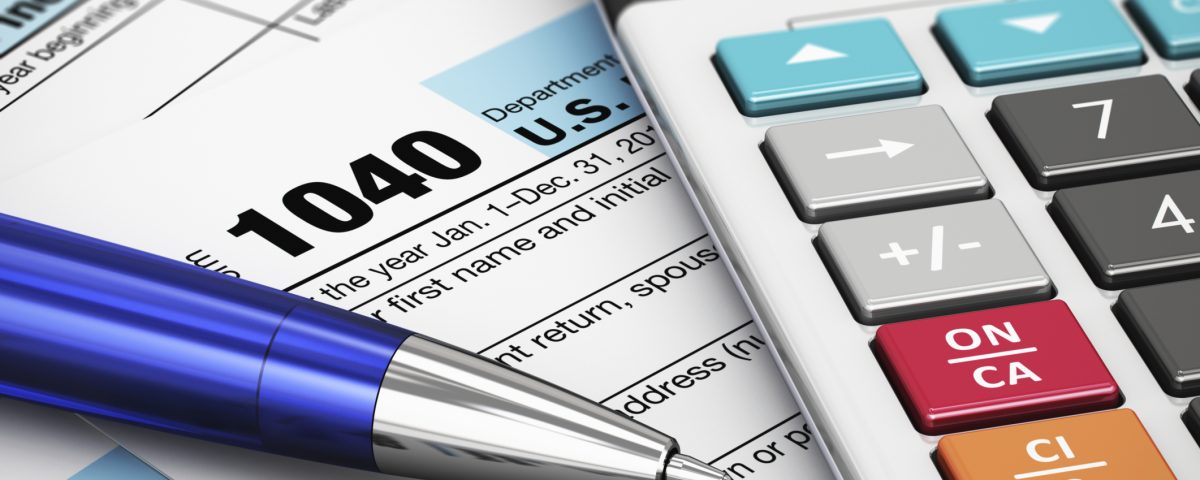Article Update: How To Use Return On Assets As A Great Investment Tool

Article Update: 12 Mistakes Startups Make In Their First Year
September 18, 2017
Article Update: ** Views of a Sales Man** Nigerian Banks – Who’s Hot? and Who’s Not?
September 18, 2017Return on Assets by simple definition is the ratio of a company’s Net Income to its total assets.
Return on Assets = Operating Profit/Total Assets
Operating Profit is the profit attributable to a capital after deducting cost of sales, operating expenses from turnover. It doesn’t take into account expenses such as finance cost/income and taxes which are more or less influenced by Management decision or government regulation. As such an operational profit of a company is the amount of profit the business can generate for both debt holders, equity holders and government all of whom have a stake in how a company’s earnings can be shared. This way it is easy to compare companies who operate in the same industry but have different capital structure. Some companies are mostly financed by debt, others by equity and the rest a hybrid of debt and equity. Assets will include Fixed Assets (like Building, Motor Vehicle, Computer Equipment etc), Intangibles (like patent, software acquisitions), Debtors, Cash and Inventory. All of these are used by the company to generate income.
What does it tell me?
Return on Assets is mostly stated in percentage terms and is a powerful tool for gauging how a business is using its assets to generate income. It is also a useful tool for comparing businesses against another and comparing a company’s performance between periods. A return of asset of 10% for example simply means for every N1oo a company has put into a business N10 of income was generated. That N10 will now be split between Shareholders, Debt Holders (If the company took loans), and Tax.
How does it affect borrowing cost
From the above it is easy to see how important this tool is at determining whether a company should borrow or not when seeking to finance a project. For example, if a company needs to invest N1m in a project that generates N100k (10%) in operational profit then a return on asset can help determine what the ideal borrowing cost should be. If the company decides to fund the project by total debt at a cost of 10%, then it means it will not have any profit to pay equity holders as all the N100k profit will be used to service the debt. Conversely if it borrows at less than 10% (say 5%) then it will pay creditors N50k and equity holders 50K meaning shareholders have made N50,000 from a N1m investment without even putting up a single Naira. Investments are surely not this straight forward, but this simple example gives you an idea of how powerful ROA can be. As a rule of thumb, a debt should be borrowed at an interest rate lower than ROA. In fact the higher the debt as a proportion of equity the more important it is for management to target an interest rate that is lower then ROA.
What is driving my ROA?
Return on Asset is a simple ratio and as such how one manipulates the numerator (operating profits) and Denominator (Total Assets) can determine how that ratio turns out. For example, a company can achieve higher ROA when compared to a prior period by simply just reducing Total Assets. It could also do so by agressively increasing turnover whilst cutting cost and without having to increase total assets. This takes us to a the inner components of ROA. ROA is also a product of (Operational Profit/Revenue) X (Revenue/Total Assets) which in other words is the relationship between profit turnover and asset turnover. Using our earlier example of 10%, a company could achieve that in two ways. The company could have achieved that by having a product of an operational profit turnover of 20% and an asset turnover of 50%. It could as well have achieved that by having an a profit turnover of 50% and asset turnover of 20%. In the former, for every N100 the company invest in the company it generates N50 in revenue, whilst generating operating profit of N20 for every N100 of revenue. In the latter for every N100 the company invests it generates N20 in revenue whilst for every N100 of revenue it generates N50 of operational profit. So basically, one can easily determine if a company’s return on asset is been driven by margin or by assets.
Finally
Return on Asset is an important tool in deciding whether to invest in a project, acquire and asset or even buy a company. If your return on asset is equal to your borrowing cost then your return on equity will always be the same no matter what your debt to equity ratio is. So an investor expecting a return on equity of 20% must ensure that the business can generate a return on asset of not less than 20%. A return on asset less than a company’s cost of capital is a good sign not to invest. It is also important to compare ROA with companies operating within the same industry to ensure its apples for apples.

